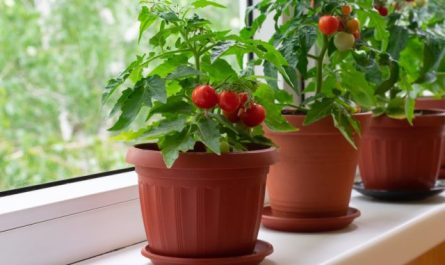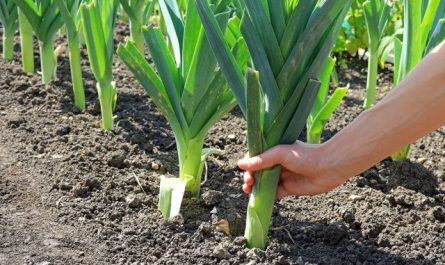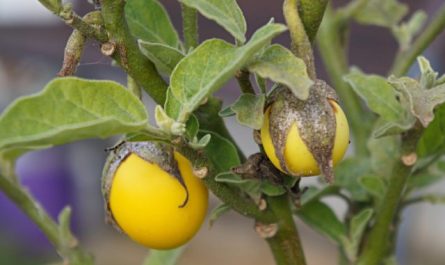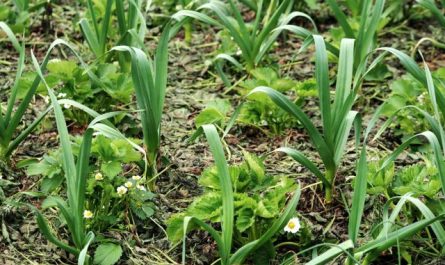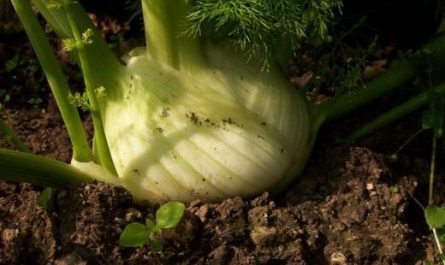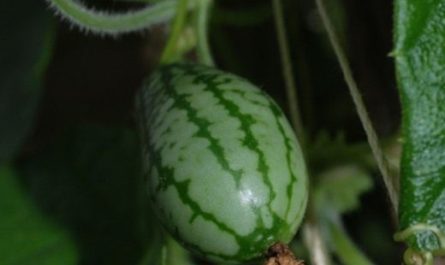Greenhouse rodents can be a major nuisance to a gardener. Mice, rats, and voles find plenty of food, water, warmth, and shelter in a greenhouse, as well as the ability to hide from predators inside. Rodent populations can increase dramatically under favorable conditions, making them even more difficult to control. So, how do you keep mice away from a greenhouse?

What troubles do rodents cause in a greenhouse?
Greenhouse rodents, including voles, rats and mice, can cause a lot of damage when they get into a greenhouse. In particular, they eat seeds, whether they have sprouted or not, and after emergence they gnaw on tender young seedlings, but they also eat roots, bulbs, fruits, shoots and leaves of mature plants. They chew through wood products, including the sides of raised beds, plastic pots, bags and boxes, and tunnel through the substrate in the beds.
Mice and rats can form entire families in a greenhouse, with adults urinating and defecating anywhere, spreading dangerous diseases. Some of their droppings can end up on the plants you grow in your greenhouse, raising serious concerns about the safety of such food products.

What attracts rats and mice to a greenhouse
First of all, rodents find food sources in greenhouses.
Fruit plants, vegetables and compost bins, left in the greenhouse, attract rodents with their smell, which accumulates inside the greenhouse, making it easier for them to identify. Bird seed for feeders, if stored in the greenhouse, also attracts rats very well. Rats have a very strong sense of smell, capable of detecting more than 2000 different smells. As soon as they detect an attractive aroma, such as food or food waste, it will encourage them to enter.



Water sources. Rodents love fresh water sources. Rats are attracted to leaky pipes, buckets of water, puddles, ponds and other sources of stagnant water. Rodents need water every day and prefer to live near such sources.
shelters. Piles of branches, debris, cardboard boxes and thick bushes are welcomed by mice and rats as a home. Piles of garbage serve as shelter for rodents and protection from predators.
Protecting a greenhouse from rodents
The first step to controlling rodents in a greenhouse is to prevent them from getting inside. Mice, of course, don’t magically appear in your greenhouse to cause harm. They get in from the outside. So the main way to deal with mice attacking your plants is to carefully inspect and elimination of paths, through which they can penetrate inside.
Find any gaps in the walls or panels and seal them to prevent rodents from getting in. Some rodents, such as mice, can get in through holes as small as a dime. Also, keep the door to the greenhouse closed at all times. Use fine mesh around the perimeter of the greenhouse, buried at least 10 inches into the ground and bent outward from the structure at a 20 angle.
Soak cotton balls or pads in peppermint oil peppermint or other strong-smelling product designed to repel rats and mice with aromas. Distribute cotton balls or pads throughout the greenhouse, on the shelves of racks, between plants, and on other internal structures. Place them close enough together to create an even and dense coating throughout the entire area. Reapply peppermint oil once the smell begins to fade.
Sanitation will also help control rodents. Clear away natural vegetation near and around the greenhouse, mow the grass and trim back any shrubs. Remove debris such as plant debris, scrap lumber, or discarded crates and other containers. Avoid stacking firewood near the greenhouse as it provides good shelter for rodents. Avoid storing bird seed, pet food, or plant seeds in the greenhouse. Keep trash and compost bins on site closed (make sure they have lids and fit tightly).

Although mice are surprisingly good swimmers, promises of a cold bath sometimes enough to keep them at bay. So one way to protect young plants in a greenhouse is to carefully place the seedling pots in trays filled with water. If this is difficult to arrange, you can simply fence the perimeter of the seedling box with trays filled with water. An additional benefit of this method is that it can also protect your seedlings from other potential pests, such as slugs and snails, which are also unlikely to try to cross a carefully constructed “moat”.
Домашние животные, such as dogs and cats, can help keep rats and mice away from your greenhouse. Although this solution is probably not the most effective, having a dog or cat outside can reduce the chances of rodents living freely in your garden. During rodent infestations, you can keep a cat in your greenhouse to repel and catch mice and rats. The cat should be moved into the greenhouse with a litter box and a bowl for food and water.
If your greenhouse seedlings are suffering from mice, you can do a trick, lifting her off the ground, where mice will have a harder time getting to. For this, simply use old, unnecessary shelves. If the shelves are metal, the mice will not only have a hard time climbing the height of the shelves to get to the seedlings, they will also have to slide before they actually reach the boxes with seedlings. Thus, the plants on the upper shelves suffer much less from being eaten by mice than those on the bottom.
If rodents are already in the greenhouse, trapping them can be effective if their population is still small. Traps are an effective non-toxic method of controlling rodents. The most common traps include mousetraps and glue traps. Such traps should be set taking into account the behavior of rodents. They tend to live by habit and prefer to constantly move along the same routes. Determine the main paths of rodents and set the traps there. When setting the trap, wear gloves so that the rodents do not smell the human scent.
If mousetraps and traps do not help reduce the rodent population, you can use toxic baitsHowever, greenhouse rodent poison should only be used after careful consideration. Firstly, it is not a good idea to place these pesticides in a greenhouse where you are growing food crops. Secondly, you must be sure that children or pets will not have access to the baits.

Thirdly, it is important to keep in mind that rodent poison does not work instantly, so it may take several days to several weeks before your greenhouse rodent problem is resolved.
Try ultrasonic repellers. If you do not want to use poisons, there is another way to scare away rats and mice – install ultrasonic rodent repellents in the greenhouse. They emit a piercing sound that is inaudible to humans, but it is uncomfortable for mice (approximately like waking up in the middle of the night because your neighbor is playing a drum kit of enormous power). Mice, as a rule, avoid places where such irritants are present. However, not all such means are equally effective, and you have to select a truly working one by trial and error.
